What’s blooming on The Greenway this July
Written by Darrah Cole, Senior Horticulturist and Designer and Nicole Semeraro, Seasonal Horticulturist
How does a bear know when it’s time to hibernate? Why do April showers bring May flowers? Many plants and animals don’t have calendars but take cues from the changing seasons.
Changes such as temperature, precipitation, and length of day signal organisms to enter new phases of their lives. Buds form on plants as temperatures warm in the spring and deciduous trees and shrubs lose their leaves and become dormant as temperatures cool in the fall.
Phenology is the study of the timing of biological events in plants and animals such as flowering, leaf unfolding, hibernation, insect emergence, and bird, fish, and mammal migration. Phenology is literally “the science of appearance.”
The Greenway Conservancy has a dedicated group of volunteers who walk the park and record these phenological observations each week. Throughout the season, they help find the best, most exciting and interesting plants blooming, in real time!
By mid July, you can expect to find the following plants in peak bloom on The Greenway:
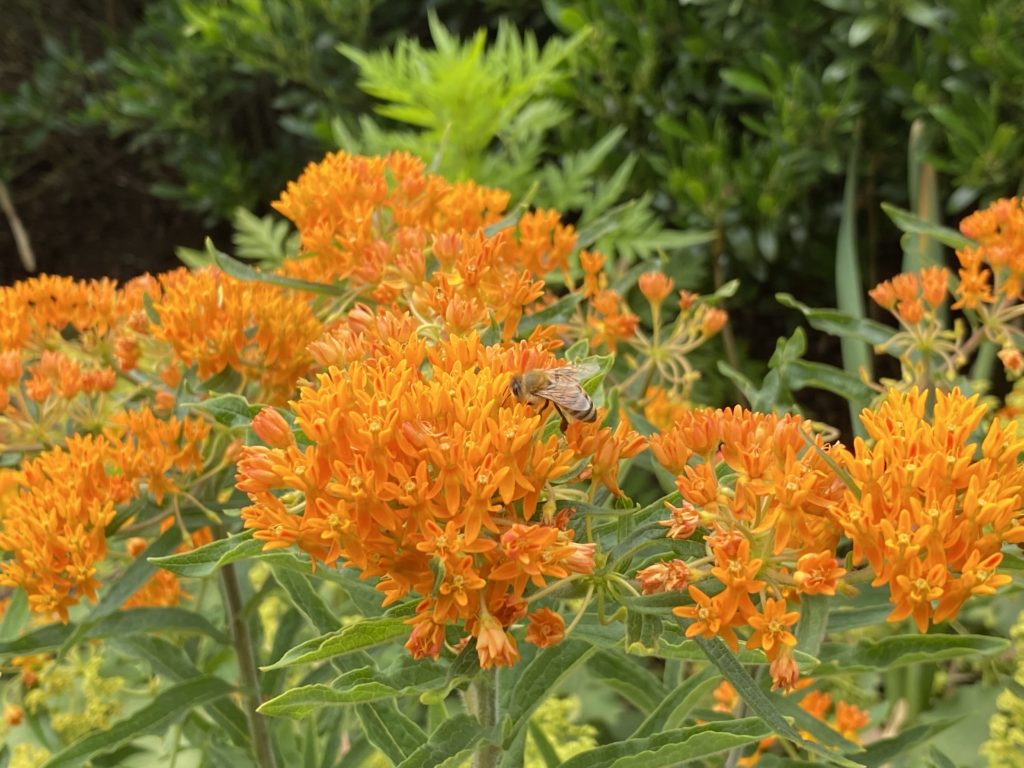
Asclepias tuberosa and Asclepias syriaca, or commonly known as butterfly weed or milkweed, are native perennials. These plants bloom for the duration of the summer, and are a perfect landing zone for passing monarch butterflies. Asclepias tuberosa have a vibrant orange flower with slimmer, alternate leaves while Asclepias syriaca have pink flowers with wider alternate leaves. Asclepias syriaca have a milky sap from leaves and stem while the tuberosa does not. While both types of milkweed may be used medicinally, we grow them for their colorful, ornamental effect and to provide hatching and feeding grounds for the monarch butterfly.
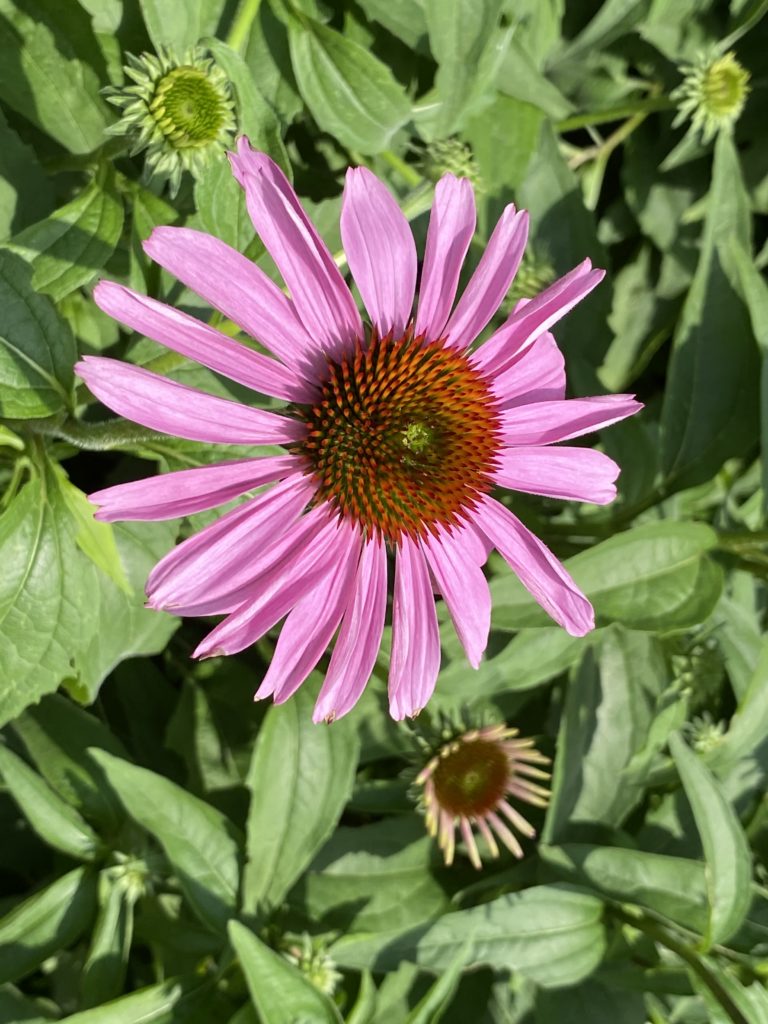
Echinacea purpurea, or purple coneflower, is a perennial that is an excellent hub for pollinators mid summer. Birds and butterflies love echinacea flowers, and at any given time there is a buzzing in and around these colorful, classic summer favorites. They are easily grown and will self-seed if seed heads are left in place after blooming. They are a long blooming wildflower that compliment all spaces, from a vast meadow to a backyard garden. We have chosen sturdy, bright colored cultivars for The Greenway, while mixing in other species including Echinacea pallida.
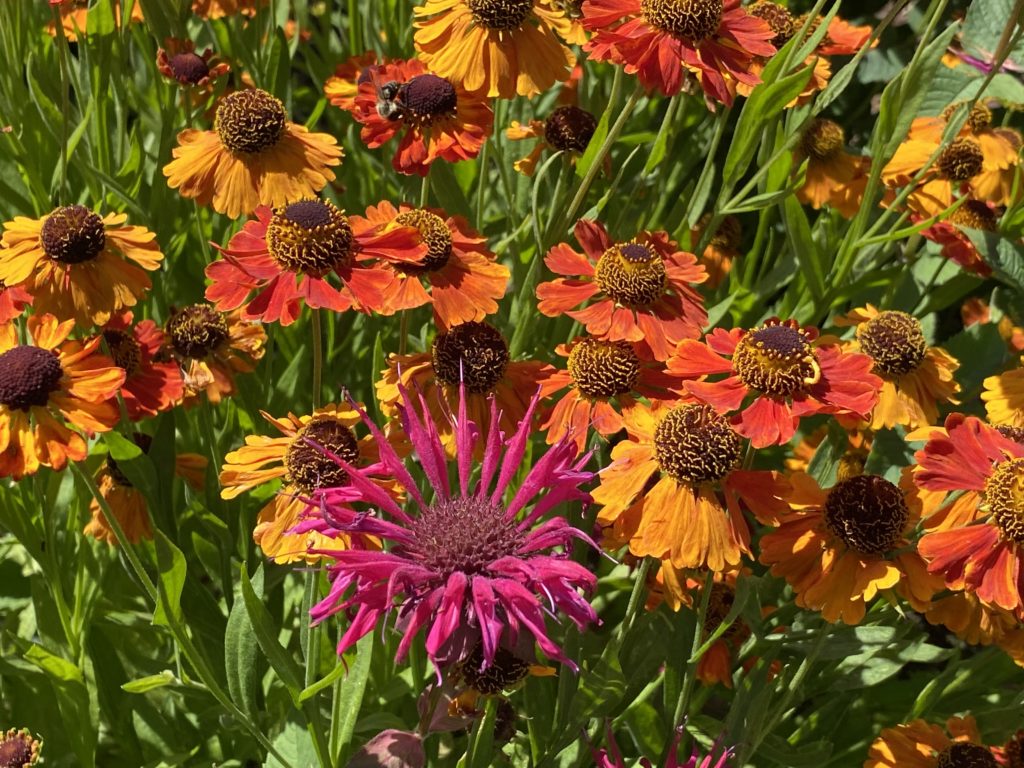
Helenium ‘Helbro’ MARDI GRAS is a patented selection of the perennial Helenium, commonly known as sneezeweed. This wonderful jewel of a flower brings a pop of orange and red to The Greenway in early and mid July, as well as providing plenty of foraging potential for bees and other pollinators. A typical composite flower, with petals ringing a central disk, the plants are prolific bloomers on usually sturdy stems.
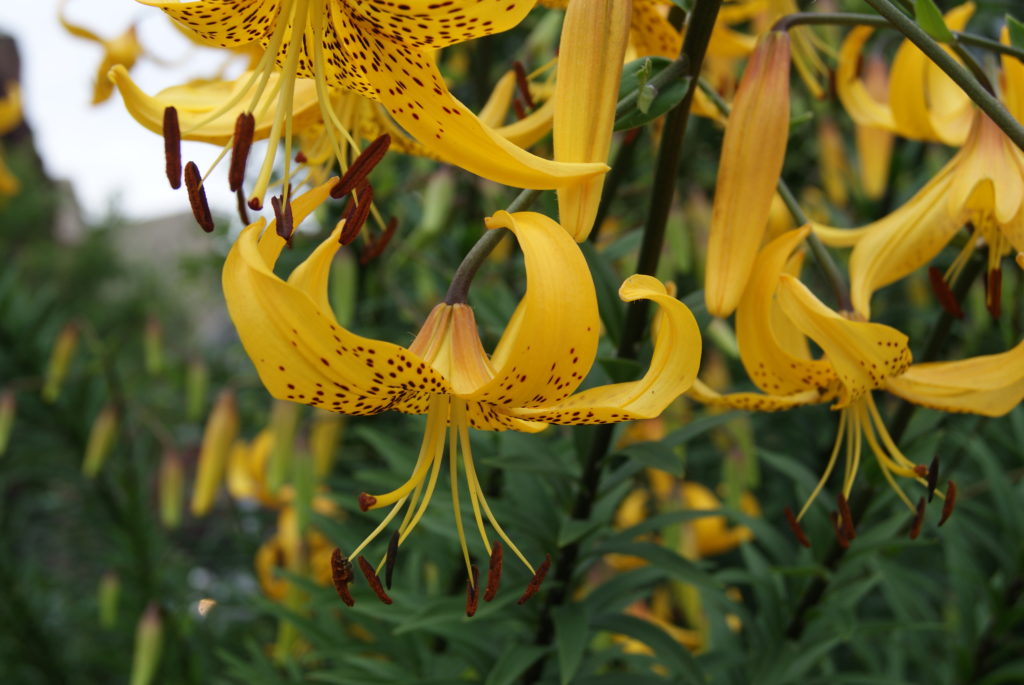
Lilium leichtlinii, sometimes known as yellow tiger lily, is native to Japan. The Conservancy has been growing this lily in Chin Park for over 8 years where it consistently gives us a long showy bloom in mid July. These tall graceful lilies have up to 20 downward facing blossoms on each stem, with citron yellow, recurved petals looking toward the ground. Lucky for us the raised garden beds allow us to peer up into the heavily spotted flowers.
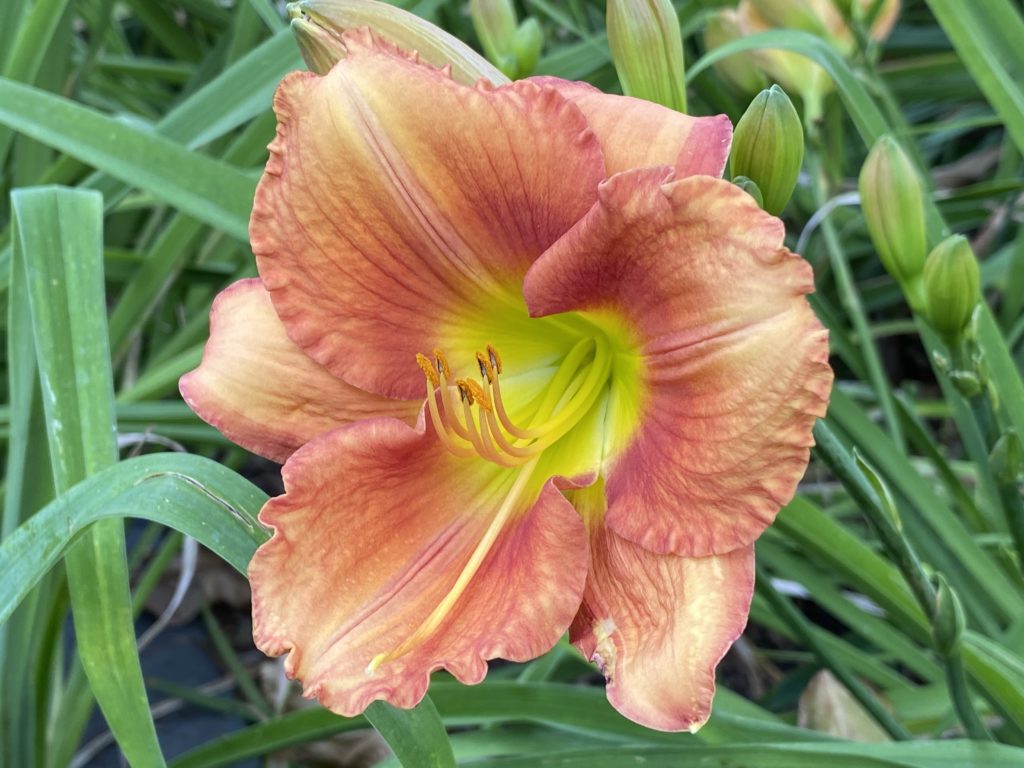
Hemerocallis, the common daylily, can be seen along roadsides and abandoned homesteads throughout New England. The cultivated and selected hybrid varieties, bred by horticulture enthusiasts for many years, offer a wide variety of colors, sizes, and extended bloom times. The early varieties are at their peak now, while later ones will follow soon, extending the bold show into August. While these daylilies now grow “wild” in New England they are not native plants to North America – originating in eastern Asia. The Greenway has over20 cultivars planted throughout the park including some of my favorites like Steeple Jackie, Buttered Popcorn, and Omomuki.
